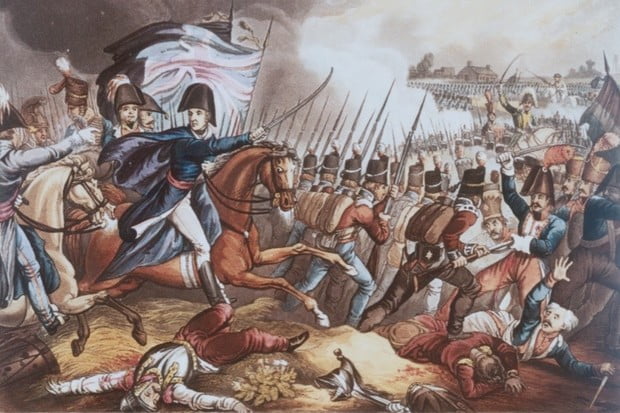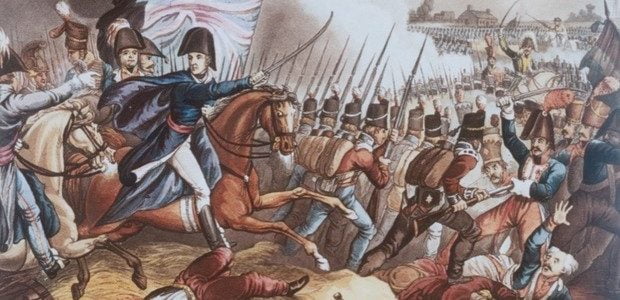The Napoleonic Wars continued the Wars of the French Revolution. Great Britain and France fought for European supremacy, and treated weaker powers heavy-handedly. The United States attempted to remain neutral during the Napoleonic period, but eventually became embroiled in the European conflicts, leading to the War of 1812 against Great Britain.
1800-09 | 1810s | 1820s | 1830s | 1840s | 1850s | 1860s | 1870s | 1880s | 1890s
***************
2020s | 2010s | 2000-09 | 1990s | 1980s | 1970s | 1960s | 1950s | 1940s | 1930s | 1920s | 1910s | 1900-09 | 1800s | 1700s | 1600s | 1500s | 1400s | 1300s | 1200s | Full Timeline | Top 100 Conspiracies
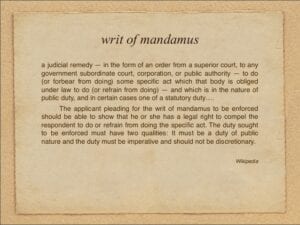
Little v. Barreme: SCOTUS Finds that the POTUS does not have “Inherent Authority” or “Inherent Powers” that Allow him to Ignore a Law Passed by the US Congress
Many people know the first Supreme Court decision to declare an act of Congress unconstitutional (It's Marbury, of course), but few people could identify the Court's first decision declaring Executive Branch action to be unconstitutional. Little v Barreme (1804), called the Flying Fish case, involved an order by President John Adams, issued in 1799 during our brief war with France, authorizing the Navy to seize ships ...
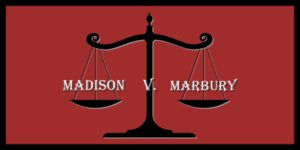
Marbury v. Madison: The Supreme Court Case that introduced Judicial Review
The first pivotal case by a young U.S. Supreme Court was Marbury v. Madison – a landmark case in United States law and in the history of law worldwide. It formed the foundation for the exercise of judicial review in the United States under Article III of the Constitution. This was the first time in Western history a court invalidated a law by declaring it “unconstitutional” ...

Thomas Jefferson sends his ‘Wall of Separation’ Danbury Letter: Did He Intend to Separate Church and State?
Thomas Jefferson sent his 'wall of separation' letter to the Danbury Baptist Association to assure them that although the state offered them religious freedoms only “as favors granted, and not as inalienable rights,” that at least the national Congress could never make a law respecting an establishment of religion. The First Amendment, then, erected “a wall of separation between church and state.” In 1947 the Supreme ...
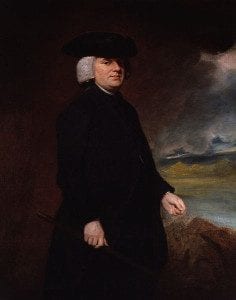
William Paley Published ‘Natural Theology’: “the Kind of Carefully Designed Structures we See in the Living World Point Clearly to a Designer.”
William Paley (1743-1805), in his 1802 classic, Natural Theology, summarized the viewpoint of the scientists. He argued that the kind of carefully designed structures we see in the living world point clearly to a Designer. If we see a watch, we know that it had a designer and maker; it would be foolish to imagine that it made itself. This is the "argument by design." All ...

Thomas Jefferson’s First Inaugural Address
Thomas Jefferson FRIENDS AND FELLOW-CITIZENS, Called upon to undertake the duties of the first executive office of our country, I avail myself of the presence of that portion of my fellow-citizens which is here assembled to express my grateful thanks for the favor with which they have been pleased to look toward me, to declare a sincere consciousness that the task is above my talents, and ...
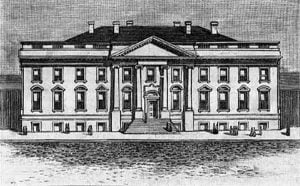
John Adams moves into the Newly Constructed White House
On November 1, 1800, President John Adams, in the last year of his only term as president, moved into the newly constructed President’s House, the original name for what is known today as the White House. Adams had been living in temporary digs at Tunnicliffe’s City Hotel near the half-finished Capitol building since June 1800, when the federal government was moved from Philadelphia to the new capital city ...

